
In an earlier TypeRight, we discussed the issues surrounding digital, app based attendance for the country's employment program, the NREGA, and how the lack of digital access leads to exclusions. Today we look at a recent update on the issue: Aadhaar-based payment scheme on the NREGA.
Until February 1 this year, the NREGA payment system had two options to pay the workers- an ordinary bank transfer, using name, bank account number and the other, using Aadhaar as a financial address and a Direct Bank Transfer (DBT). The DBT requires several pre-requisites, as economist John Dreze mentions:
" the worker’s Job Card and bank account be seeded with Aadhaar, the account must also be connected to the National Payments Corporation of India (NPCI) mapper ... Seeding and mapping a bank account can be very cumbersome. It involves stringent KYC requirements, biometric or demographic authentication, and resolving possible inconsistencies between the Aadhaar database and the bank account"
And right now, less than 50% of the NREGA workers have done the pre-requisites for this. Which is a problem, because the government had, from the beginning of February, dictated that payments will only be exclusively available through the Aadhaar way.
Listen to the full account by Jean Dreze, renowned economist and a visiting professor at Ranchi University in Jharkhand:
Addressing a press conference under the banner of the NREGA Sangharsh Morcha, activists Nikhil Dey, Yogendra Yadav and Jean Dreze said that the move was 'disastrous' and would 'deal a body blow' to the programme. Who are the more than 50% people who are now ineligible for wages? The numbers would come close to 400 million, who are looking for employment in an already constrained economy. As Nikhil Dey says, this is to artificially repress demand. Now with fewer people eligible, the government could show that the demand for jobs are lesser, thus justifying the budget cuts. And the budget cuts are not minor.
Statistics would show how crucial the NREGA was to India's poverty alleviation plans. According to the Economic Survey 2020-21, the NREGA program generated 3.8 billion person-days of work in 2019-20. A study conducted by the World Bank in 2014 found that the NREGA program has helped reduce poverty by 14%, and has contributed to a 25% reduction in poverty in households that participated in the scheme. Another study conducted by the Centre for Policy Research in 2016 found that NREGA has helped reduce rural poverty by 32% in households that participated in the scheme, and by 13% in villages where the program was implemented. A study by the National Council of Applied Economic Research (NCAER) in 2016 found that the NREGA program has helped reduce poverty among socially disadvantaged groups such as Scheduled Castes, Scheduled Tribes, and women.
Clearly, it has been seen in many cases how the Aadhaar is not fool proof from corruption, and how it instead leads to more exclusions than negative inclusions. Our previous chapters already looked at the app-based attendance part of the scheme and the forced digitising in detail:
While the intentions of the government seem clear, and can be read along with the delay of the 2021 census, an improved digital access could have significant impacts for the workers, by letting them be aware of the pre-requisites and obtain them. This is a huge barrier to letting the Aadhaar-based payment be made mandatory:
The move is not without resistance from the masses:
Follow the above page (and the thread) for updates on the protest against the new policies.
In Other News
Some recent updates from Shaik Salauddin of IFAT, who had previously talked to DEF in detail on the issues faced by gig workers:
In news from cyber fraud, one region in Haryana accounted for over 500,000 blocked SIM cards in the past year:
And in two interesting news from rural India:


This article looks at how to navigate teaching in the times of AI chatbots:

Pondicherry is planning to develop a digital museum, with some help from their past, the french government:

DEF Updates
From the Govandi Arts festival, where DEF had participated with activities on digital education for children. We also conducted digital literacy activity session along with the Gully Classes Foundation.
And a reminder for this deadline extension:
We'll return next week with more updates!


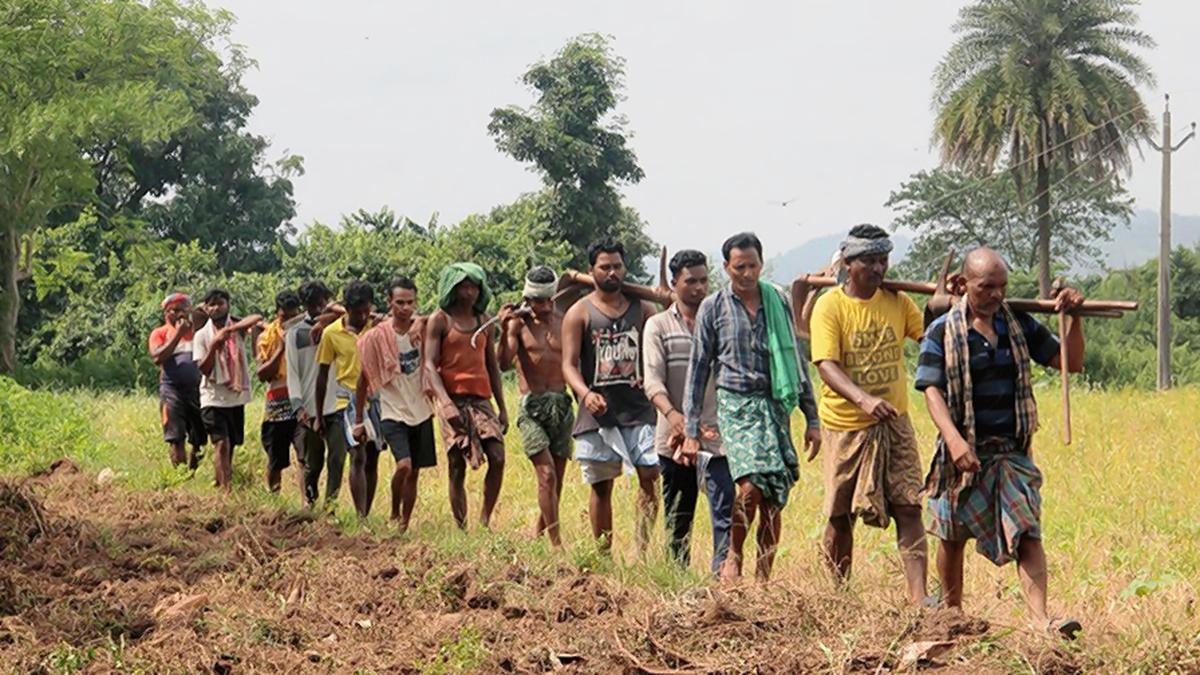



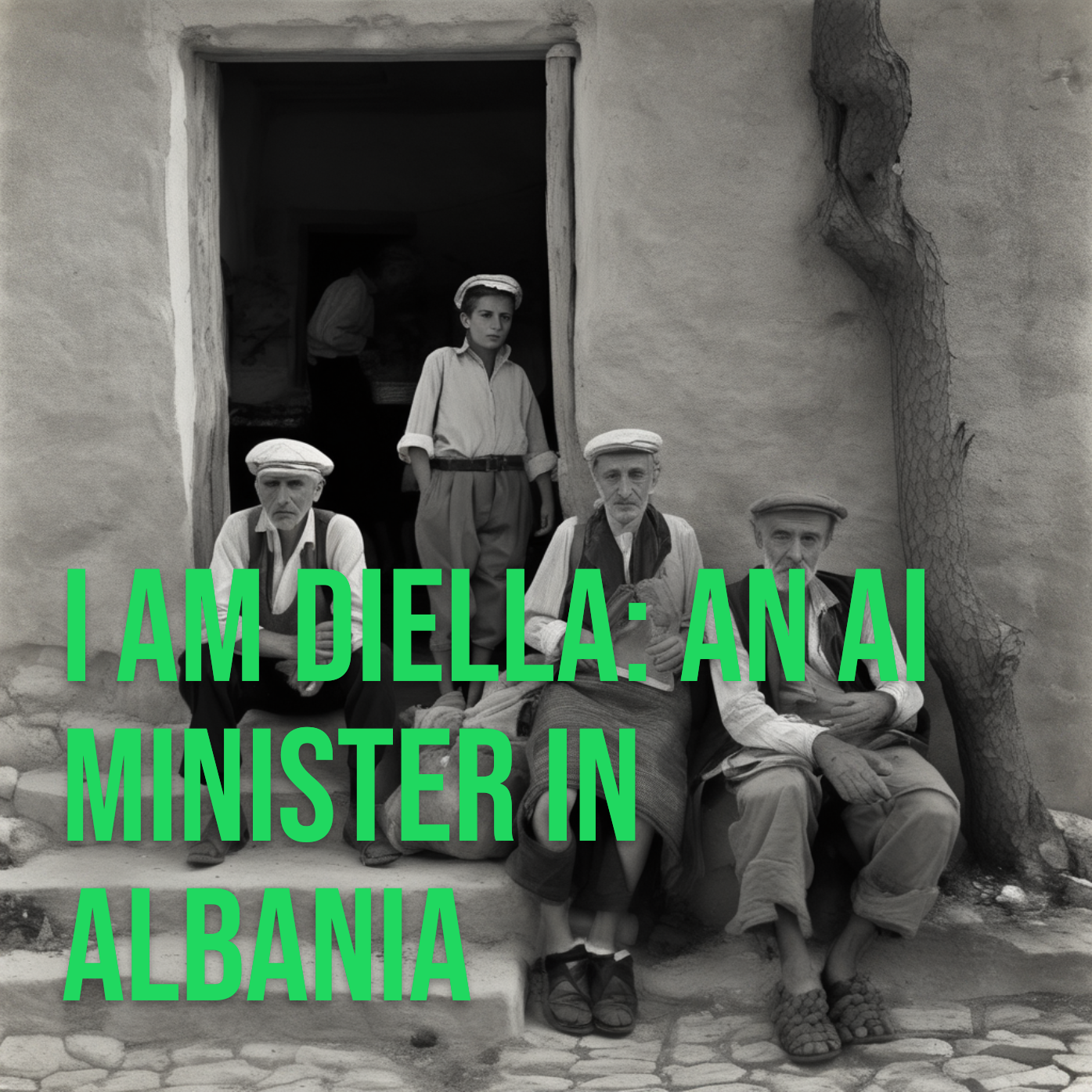


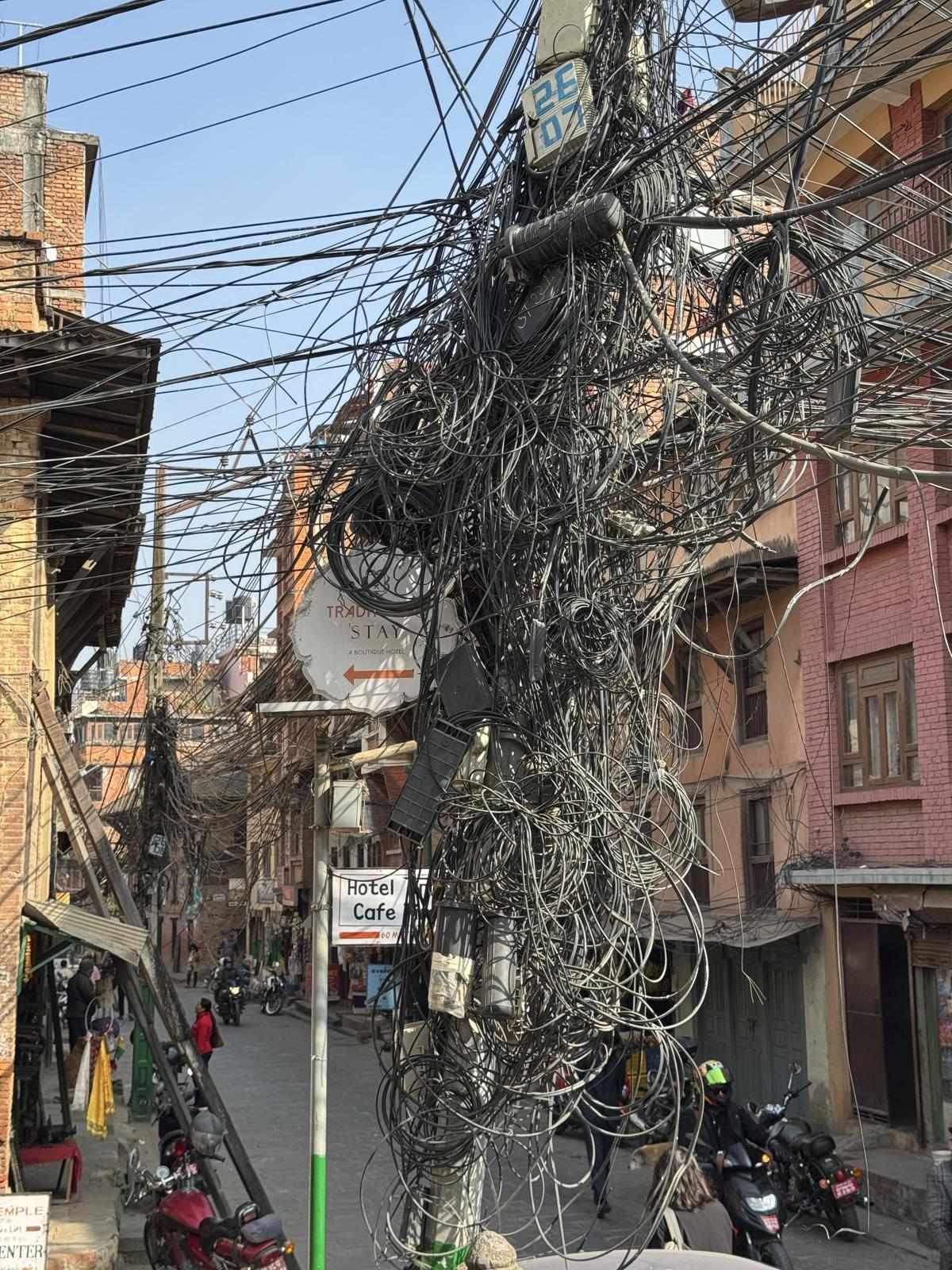
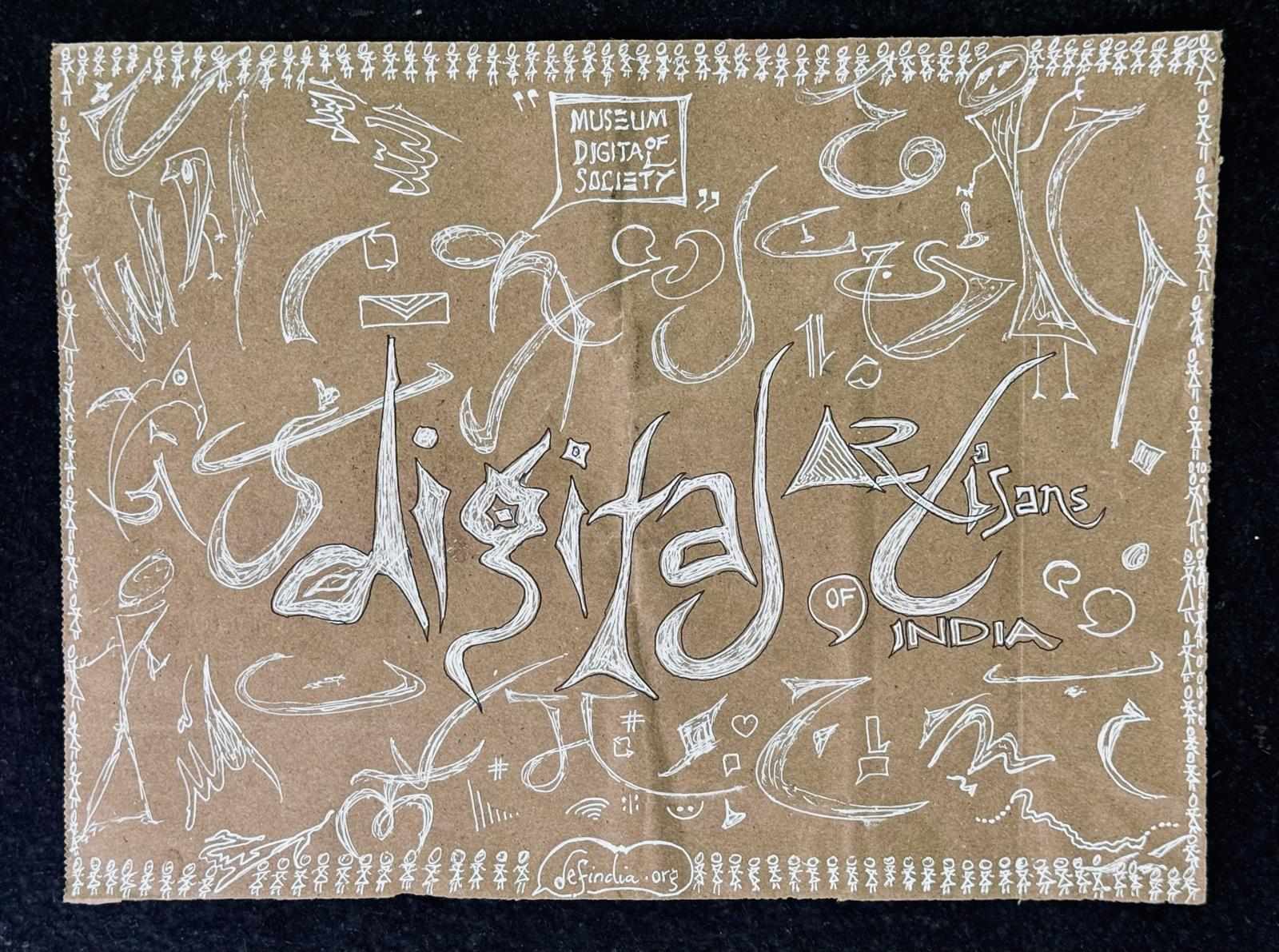
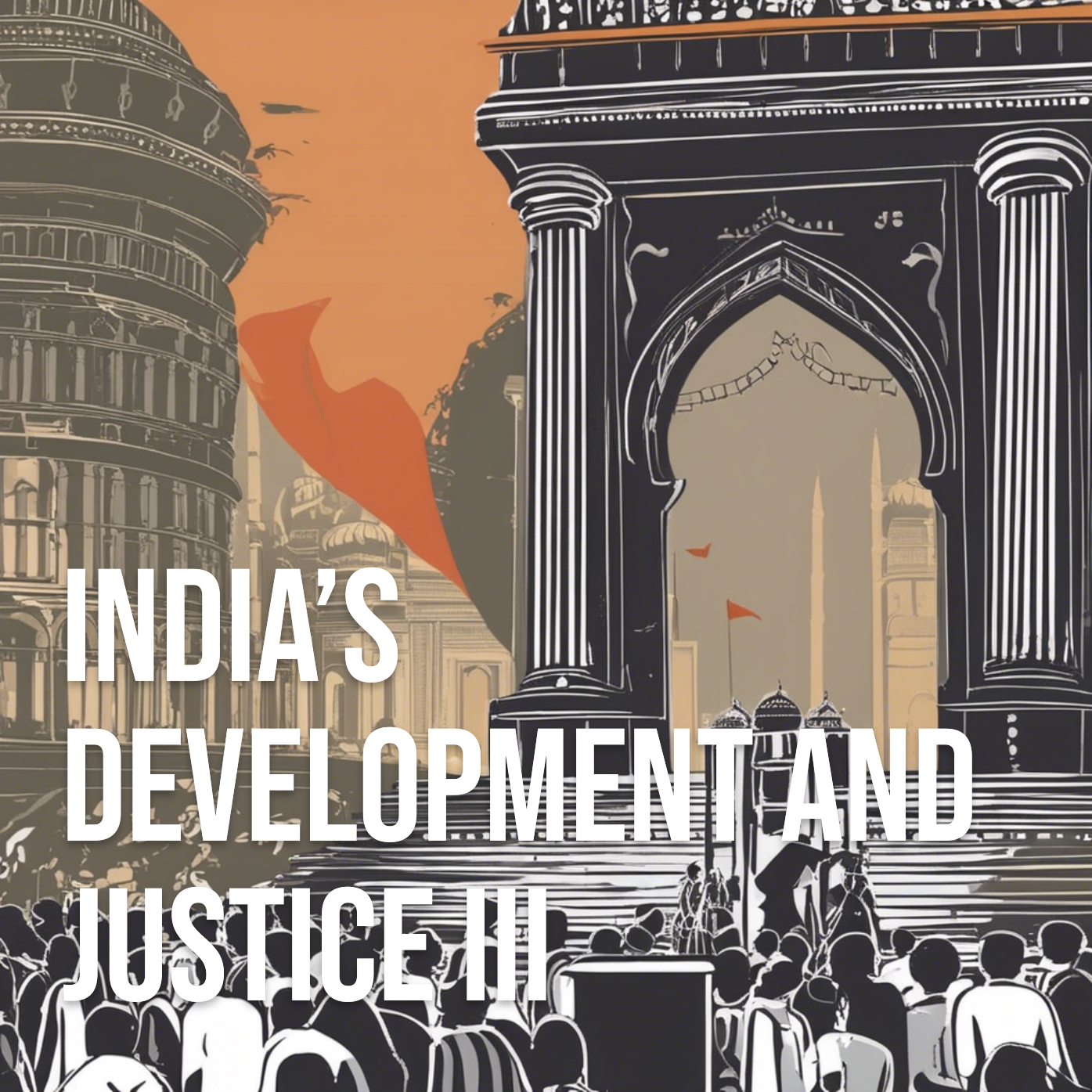
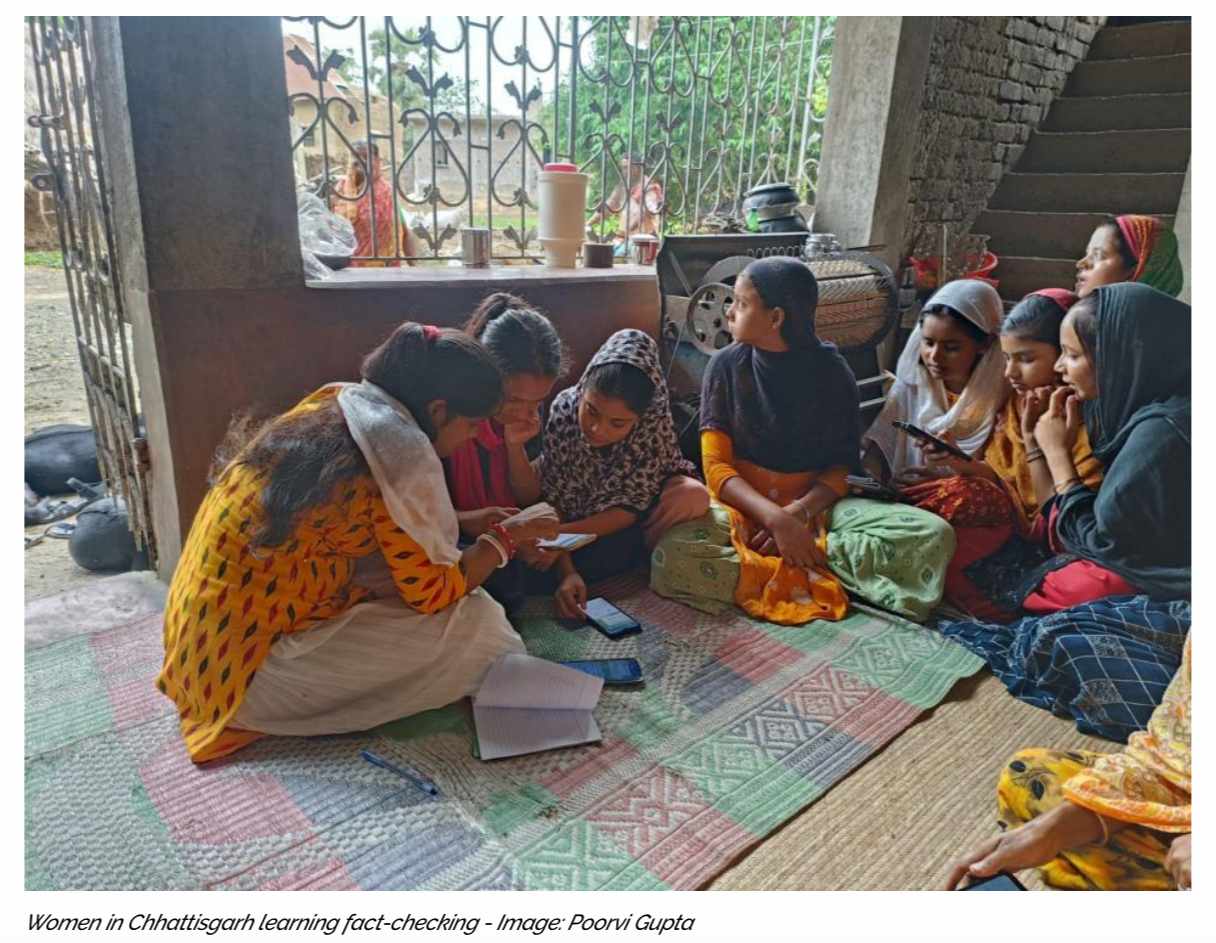


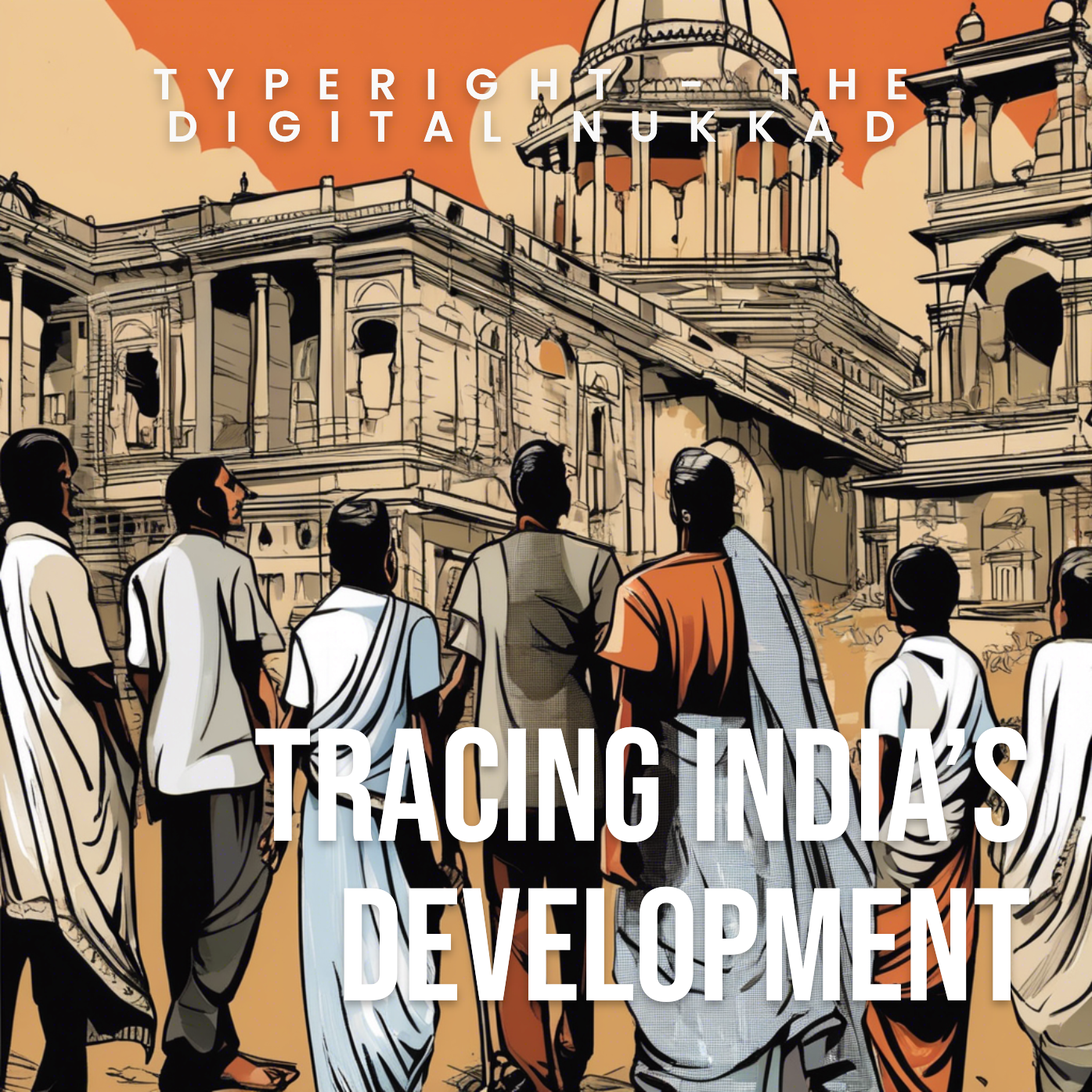









 might be?](https://sk0.blr1.cdn.digitaloceanspaces.com/sites/1394/posts/714526/dbc8de4c-5c50-411f-aba0-55cfb74a692d.jpeg)

Write a comment ...